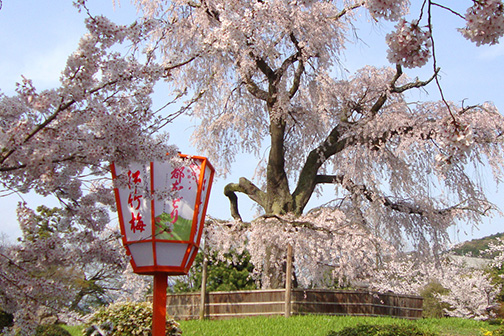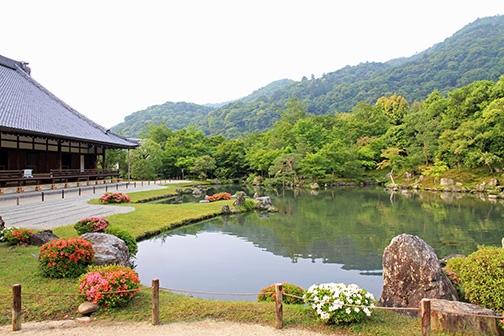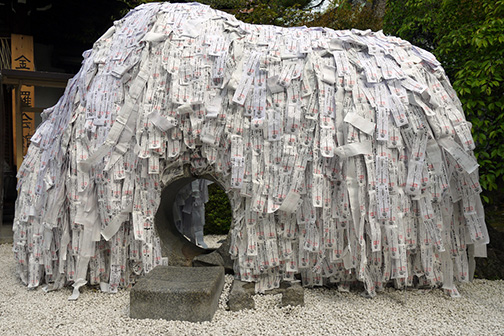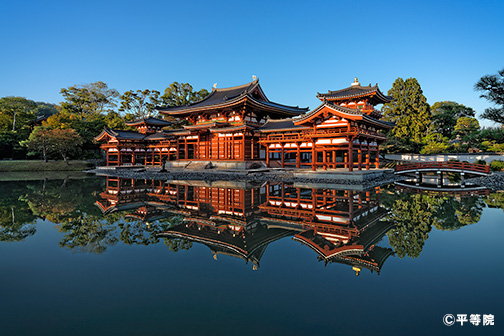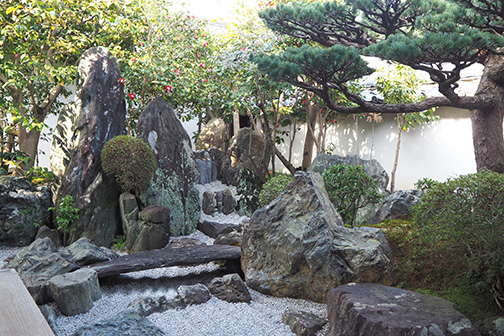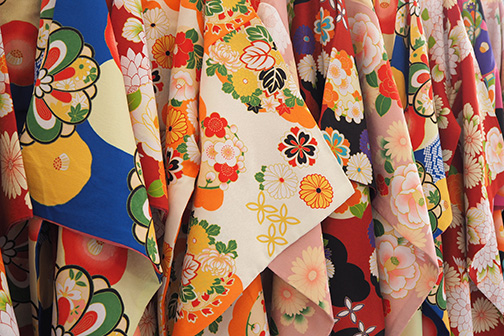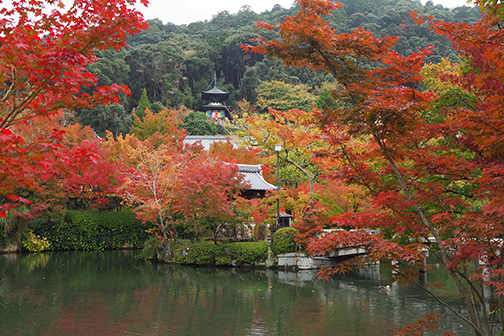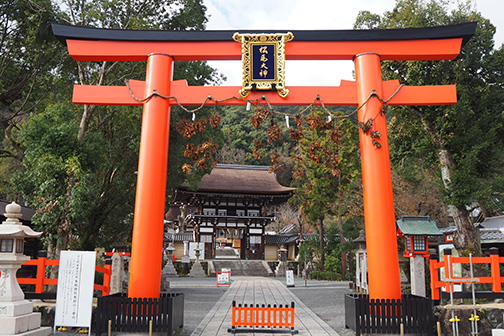
Timeless Kyoto
Explore Kyoto: Tours and Itineraries
茶 -Tea-
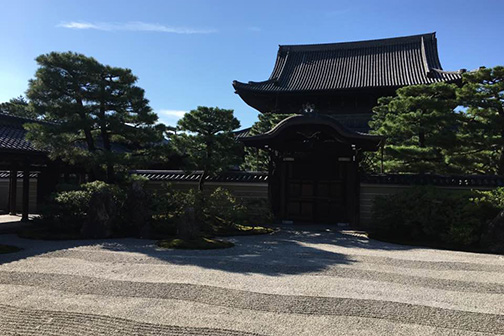 Kennin-ji Temple
Kennin-ji Temple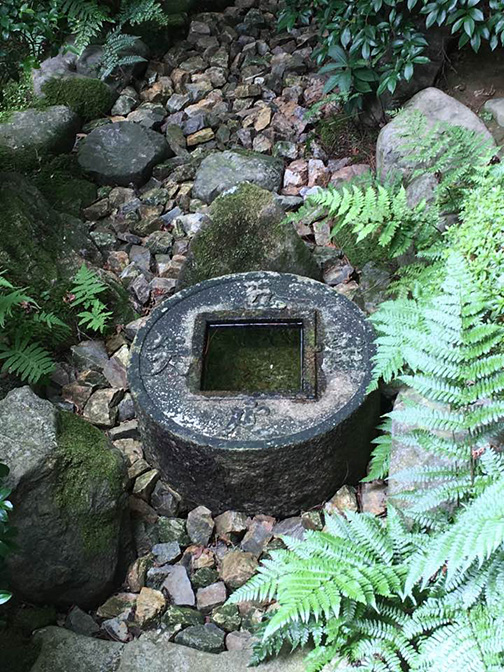 Ryoan-ji Temple
Ryoan-ji Temple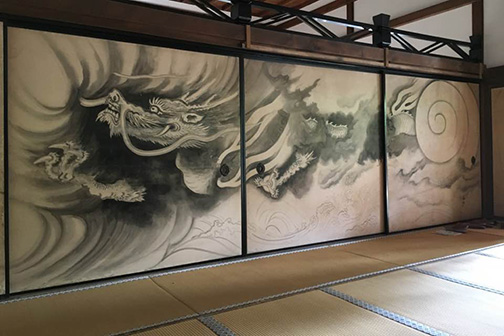 Ryoan-ji Temple
Ryoan-ji TempleKyoto
Kennin-ji Temple
Kennin-ji is a Buddhist temple of the Zen sect, one of the main branches of Japanese Buddhism. The founder of Kennin-ji temple is Yousai, who known for introducing the Zen sect and the tradition of drinking tea to Japan. He is recognized as the founder of tea ceremony because of his efforts to encourage the cultivation and consumption of tea.
Urasenke Sado Museum
Sado means “way of tea,” and is basically about an activity that is a part of everyday life, yet to master it requires great discipline and dedication. Urasenke is the name of one of the main schools of Japanese tea ceremony.
Kaiseki lunch (tea ceremony cuisine)
The kaiseki cuisine of tea ceremony originated as a light meal served to soothe the hunger of Zen Buddhist monks. Kai has the meaning of bosom, and seki means stone. Kaiseki cuisine was given its name because the meal seemed to the monks like carrying a warm stone in the bosom in order to soothe hunger pangs.
Ryoan-ji Temple (rock garden) including the Zorokuan Tea House
Ryoan-ji Temple is the site of Kyoto’s most famous rock garden. Earthen walls surround three sides of an oblong garden about 1,000 m2 in size with white pebbles spread over the ground. DMC Japan Kyoto will also take you to Zorokuan Tea House, which is not usually open to the public.
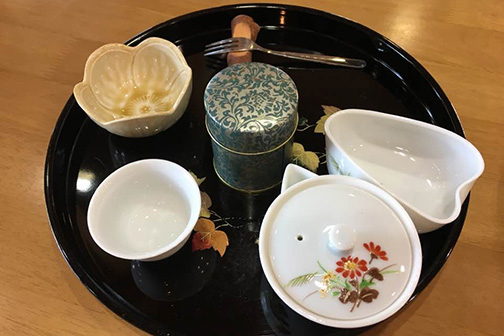 Tea Lesson
Tea Lesson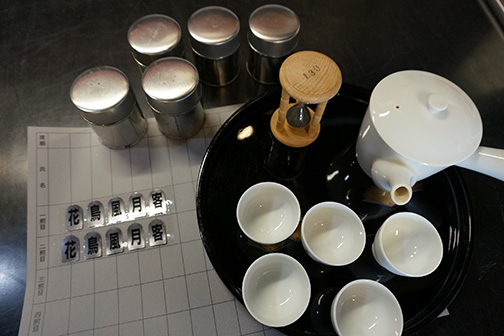 Chakabuki
Chakabuki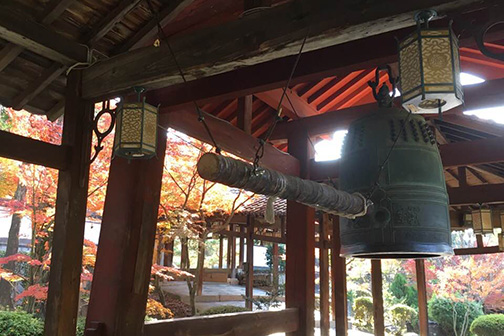 Manpuku-ji Temple
Manpuku-ji TempleUji (Kyoto Prefecture)
Lesson on how to brew Japanese tea
Brewing loose-leaf green tea isn’t difficult to master as long as you understand the factors that can have a positive or negative outcome on brewed tea. A Japanese tea instructor will teach you how to brew Japanese tea for a perfect cup every time.
Experience the game of chakabuki
Chakabuki is a blind tea tasting game that became popular as a kind of gambling game among the intellectual class in Kyoto between the late Kamakura period (1185–1333) and the middle of the Muromachi period (1336–1573).
Manpuku-ji Temple tour with a Buddhist monk
Manpuku-ji is the head temple of the Zen Obaku sect, which entered Japan from China through Nagasaki in 1654. Manpuku-ji Temple was built in 1661 in Uji City, Kyoto, as the new sect’s head temple. A Buddhist monk at the temple will give a tour and talk about the temple.
Fucha ryori lunch at a temple
Enjoy a kind of shojin ryori (Buddhist vegetarian cuisine) called fucha. Fu means “normal,” and cha means ”tea.” The way to eat fucha dishes is with a group of people leisurely sitting around a table and enjoying the harmony of the group spirit.
Japanese tea ceremony at Shokado Garden
Experience Japanese tea ceremony at a traditional Japanese tea house with a spacious garden of 22,000 m2. The extraordinary garden will make you feel like you have traveled back in history to the samurai days of the Edo period.
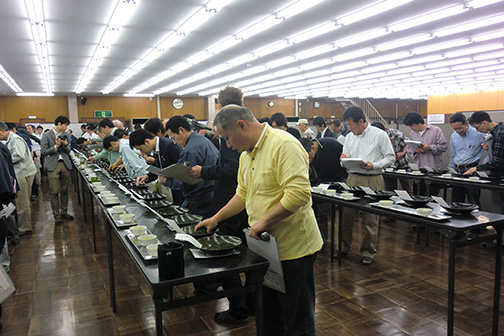 Tea auction
Tea auction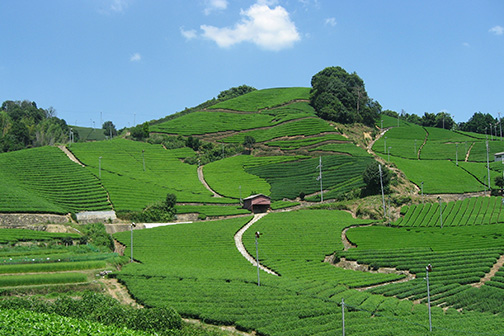 Tea Plantation
Tea Plantation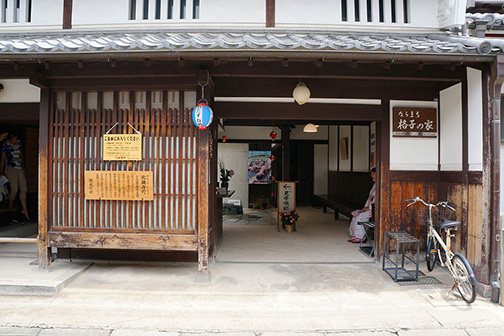 Naramachi
NaramachiJoyo & Wazuka (Kyoto Prefecture) – Nara (Nara Prefecture)
Tea auction
Today, you have a wonderful opportunity to visit a closed-door tea auction.
Tea plantation
Enjoy the beautiful views of a tea plantation in Wazuka Town. This small town nestled in the mountains is a hidden gem with over 800 years of tea history.
Transfer to Nara
Naramachi
Naramachi, literally Nara Town, is the former merchant district of Nara. Many traditional residential buildings and warehouses have been preserved here and are open to the public.
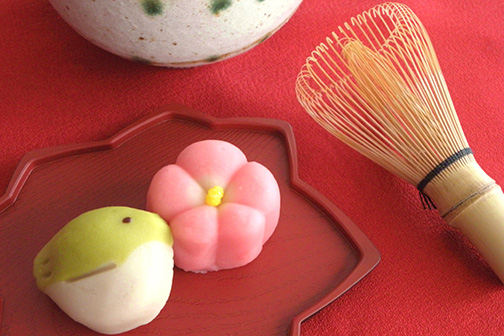 Wagashi (Japanese sweets)
Wagashi (Japanese sweets)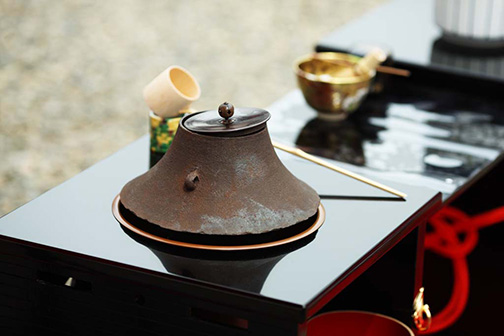 Water pot
Water pot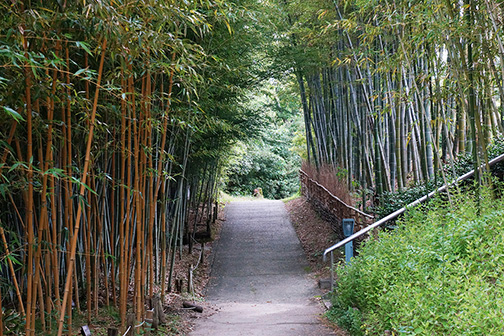 Takayama bamboo forest
Takayama bamboo forestNara
Wagashi cooking workshop
Enjoy cooking in Japan! Wagashi are traditional Japanese sweets that are often served with tea. Wagashi are often made with mochi (rice cake), anko (sweet bean paste) and fruits.
Jiko-in Temple
Sitting high on a hill above Yamatokoriyama City, Jiko-in Temple is a serene escape from daily life. It was founded in 1663 by tea master Katagiri Sekishu, nephew of the feudal lord Katagiri Katsumoto. His school of tea ceremony became the official school of the Tokugawa shogunate and later of the Imperial Japanese Navy.
Takayama bamboo forest garden
This traditional garden features a bamboo forest with 50 different species of bamboo. Take a stroll through the bamboo and enjoy firsthand one of the most iconic images of Japan.
Chasen (tea whisk) making workshop
The Takayama area is famous for making tea whisks (chasen). Local families have been passing down the craft for some 500 years. Today you will make your very own chasen to take home with you.
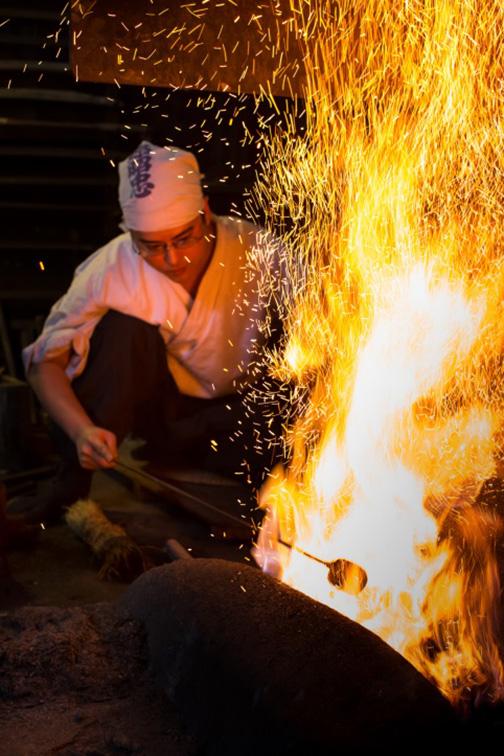 Mizuno Tanrenjo
Mizuno Tanrenjo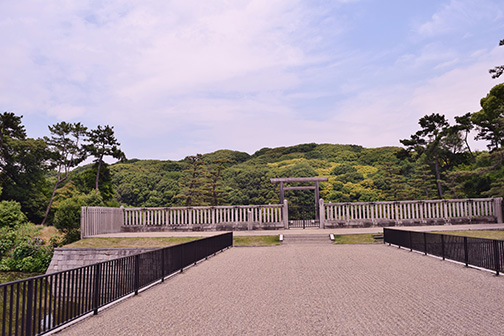 Daisenryo Kofun
Daisenryo Kofun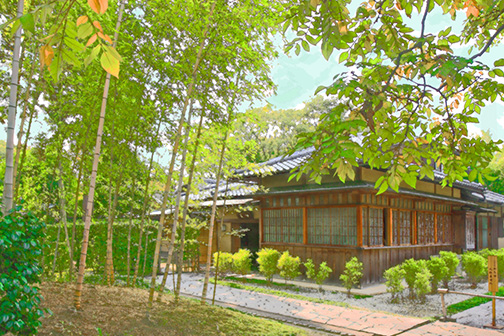 Ohbai-an room
Ohbai-an roomNara – Sakai (Osaka Prefecture)
Old gunsmith’s house
After Tachibanaya Matasaburo brought a gun manufacturing method to Sakai from the island of Tanegashima, the region became Japan’s largest producer of matchlock guns. Currently, this important building is the only surviving gunsmith shop from the Edo period (1603–1868).
Mizuno Tanrenjo
An ancient traditional Japanese sword-making technique has been handed down from generation to generation at Mizuno Tanrenjo. After a century and a half, the Mizuno family still practices the traditional forging technique to turn out the finest of knives.
Nanshu-ji Temple
A temple of the Rinzai sect’s Daitoku-ji school of Zen Buddhism, founded in 1557 south of Shuku-in Temple. Great masters of tea ceremony such as Sen no Rikyu and Takeno Jo-o trained here.
Daisenryo Kofun (Emperor Nintoku’s tomb)
Transport yourself back to ancient times at one of the three largest tombs in the world. The tomb is about 486 m long. Its front part is about 307 m wide and around 35.8 m high. It is surrounded by three moats.
Obai-an tea room
Enjoy matcha green tea at Obai-an, a tea ceremony room from the middle of the Edo period (1603¬–1868) that was originally built at the residence of the Toyoda family.

